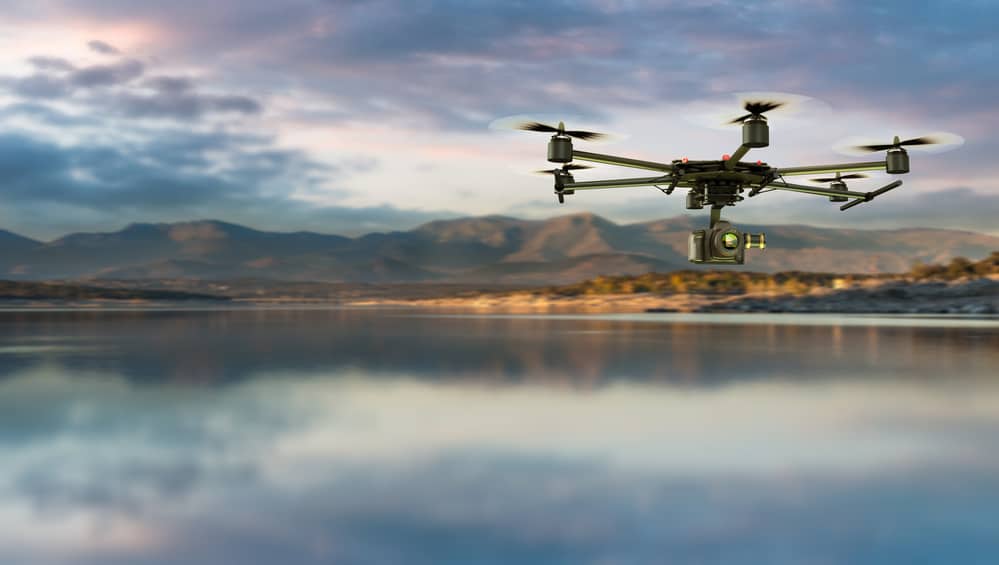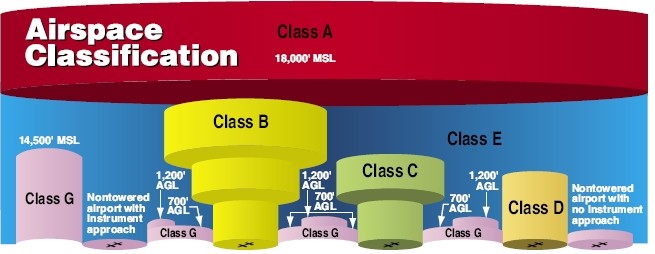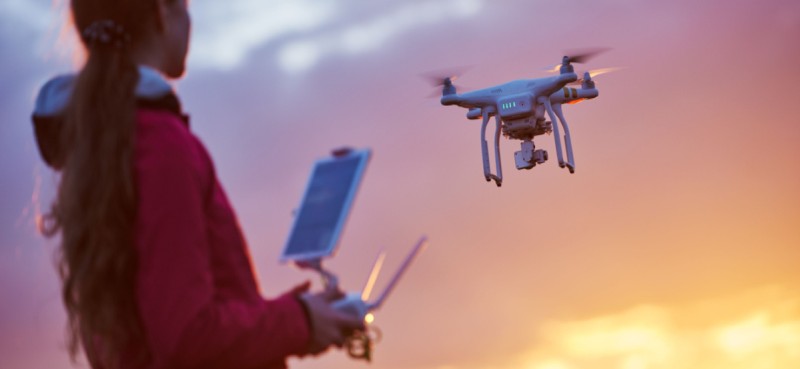
Navigating FAA Part 107: Fly Your Drone Safely and Legally
Why get the FAA Part 107 License?
If you plan to sell any of your content, monetize on youtube, use for product advertisement, real estate photography or any other way to make money you need your FAA Part 107 license.
Introduction: Soaring the Skies Within Bounds
Drones have revolutionized the way we capture breathtaking aerial views and explore the world from above. However, as drone pilots, it’s essential to understand and abide by the regulations set forth by the Federal Aviation Administration (FAA) to ensure safety and legality. In this blog post, we’ll delve into some of the key points of FAA Part 107 and provide you with practical insights on how to adhere to these regulations while still enjoying the thrill of flying your drone.
Understanding FAA Part 107: The Basics
FAA Part 107 outlines the rules and regulations for operating small unmanned aircraft systems (sUAS) aka drones, for commercial purposes. Even if your intention isn’t to profit from your drone flights, it’s essential to be aware of these regulations, as they ensure the safety of airspace and individuals on the ground.
1. Obtaining a Remote Pilot Certificate
Before you can legally fly your drone for commercial purposes, you need to obtain a Remote Pilot Certificate. This involves passing an aeronautical knowledge test, demonstrating your understanding of airspace regulations, weather conditions, and other critical factors. When you take the test you will only be given a booklet, pencil, ruler, and a calculator so be prepared! They will also take your phone and any other smart devices while you test so no cheating is allowed.

2. Pre-flight Preparations: The Key to Safe Flying
A significant aspect of FAA Part 107 compliance is thorough pre-flight planning. Before each flight, ensure you:
- Check weather conditions: Be aware of wind speed, visibility, and any weather-related limitations that might affect your drone’s performance.
Inspect your drone: Carefully examine your drone for any signs of damage or malfunction that could jeopardize your flight.
- Survey the area: Identify any potential hazards or obstacles in the vicinity that could interfere with your flight path.
3. Adhering to Flight Restrictions and Airspace Regulations
FAA Part 107 sets specific guidelines regarding where and how high you can fly your drone. Class B, C, D, and E airspace have varying restrictions, and you must seek permission from air traffic control before flying in controlled airspace.

4. Maintaining Visual Line of Sight (VLOS)
To ensure you have full control over your drone and can react to any potential dangers, always maintain a clear visual line of sight with your aircraft.

5. Respecting Privacy and People on the Ground
Respect the privacy of individuals on the ground by avoiding flying over populated areas without proper authorization. Always maintain a safe distance from people, vehicles, and structures to prevent accidents.
Conclusion: Soar Responsibly, Capture Stunning Views
Embracing the world of drone flight means embracing responsibility. FAA Part 107 is designed to ensure both the safety of the airspace and the enjoyment of drone enthusiasts. By obtaining the necessary certification, planning your flights meticulously, adhering to airspace regulations, and respecting privacy, you can take to the skies confidently, capturing breathtaking vistas while staying on the right side of the law.

Remember, the joy of flying a drone comes not only from the visuals it captures but also from the knowledge that you’re contributing to a culture of responsible and safe drone operation.
Happy flying and safe skies!
Learn about drone safety by watching these videos:
Now go and check out these webpages:
Know Before You Fly — www.knowbeforeyoufly.org
AirMap — https://app.airmap.com

